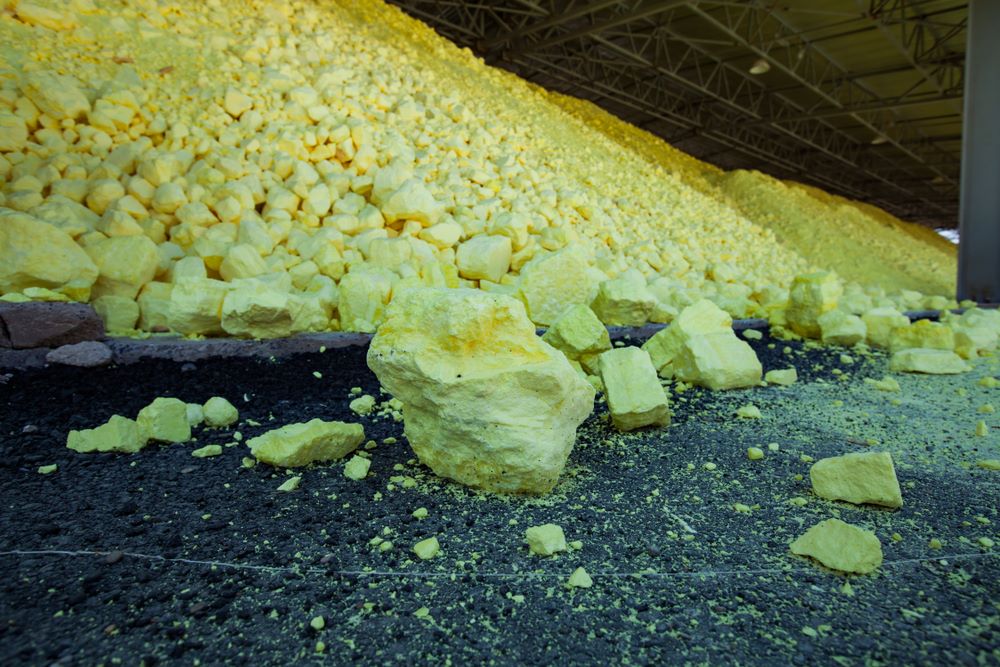This article provides an overview of how steam turbines are implemented in distilleries to produce their power at a lower
rate of unit (Rs.2/unit). This article presents how steam turbines work in distilleries, principles of operation & which type of steam turbine can
be used in distilleries to produce more power within lower investment costs. Different types of steam turbines are useful in distilleries as per required
processes & steam flow rate.

The steam is used as a heating medium into a series of distillation columns to increase the concentration of alcohol and remove the various impurities from the
fermented wash. The steam is also used in Multiple Effective Evaporator (MEE), Dryer, and Jet cookers. So, energy, mainly electricity & fuel, used in the above
processes are generally derived from renewable sources like bagasse, spent wash, etc., and non-renewable sources like coal. The continuous price hike of these
energy sources, in turn, increases the processing expenses and the product cost. Cogeneration in Distillery reduces the energy cost. The investment gets paid
back around a year. Since the Steam Turbine maintains precise steam pressure, the quality of the product improves as well.

The Distillation Plant offered is a multi-pressure, multi-product distillation system with all prescribed auxiliary equipment and services as required to produce,
as a minimum, the desired ethanol quality. The system consists of a total of four Columns, Analyzer Column, Extractive distillation Column, Rectifier column &
Recovery column. Distilleries generate spent wash from the distillation column, spent lees from the analyzer column, and other wastewaters like fermenter
washings, fermenter cooling, floor washings, spillage, and cooling. The distillation process requires steam for heating the fermented wash to remove
water from it and produce ethanol. The steam is generated in a boiler at medium or high pressure. Generally, Bagasse, Coal, Spent Wash are used as fuel to produce
steam. Cogeneration utilizes the high or medium pressure steam coming out from the boiler, allowing it to expand in the Steam Turbine to deliver saturated
steam at a pressure/temperature required in the process. The medium pressure steam generated in the boiler is passed through a PRV to reduce its pressure to the
required process pressure. Here steam loses its energy in terms of enthalpy. A Back Pressure Steam Turbine performs the same operation of reducing
the steam pressure, in addition, it converts the enthalpy drop into useful electrical energy with a no or negligible loss. A well-designed Back Pressure
Turbine maintains precise back pressure which results in maintaining accurate process temperature to produce the best quality products. The investment is
paid back in a year or two. Since the Turbine performs a similar operation as that of PRV and additionally generates electric power which results in saving money,
cuts down the electricity monthly bill and delivers quality products because of delivering the good quality saturated steam for process heating


